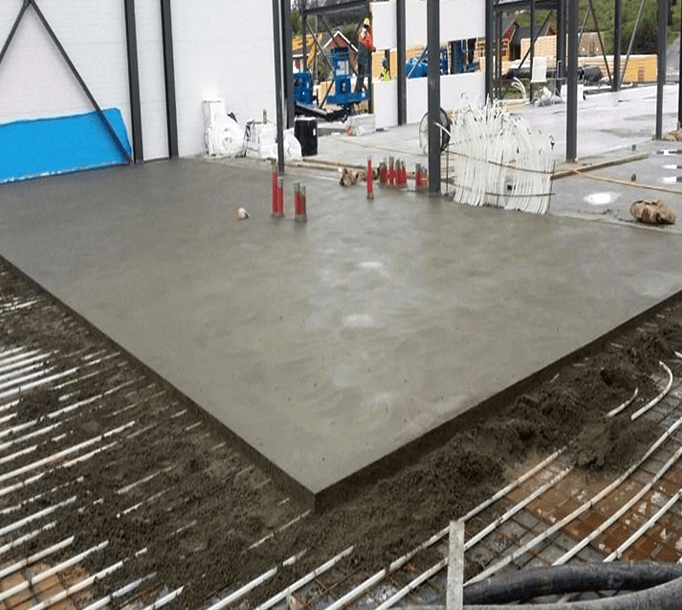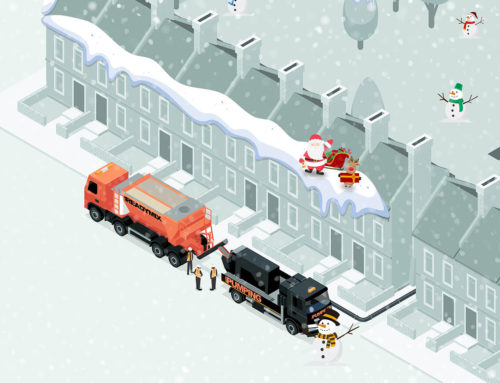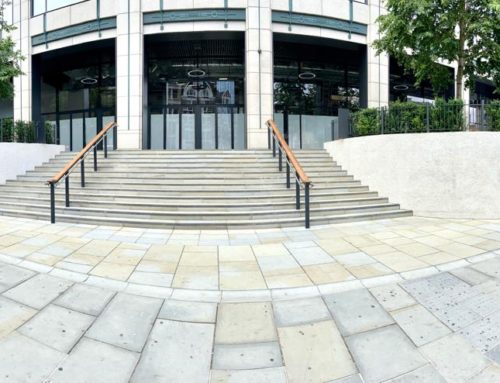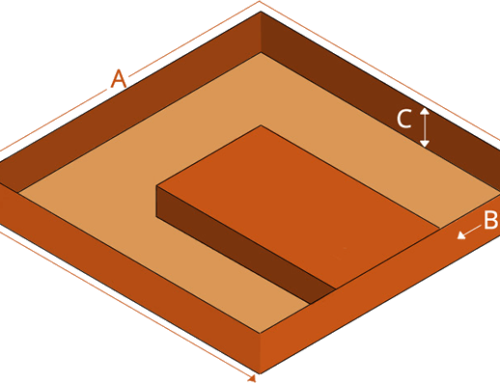
Screed is often used for floors with underfloor heating systems, as it an excellent thermal insulator and enables the system to heat the property efficiently. However, as underfloor heating is embedded into the screed, it can be costly, time-consuming and troublesome to repair either element. As such, it is essential to ensure that both components are laid properly in the first case, so that repairs aren’t needed in the future.
In this guide, we outline what you need to know to keep your screed and underfloor heating working in harmony.

What is screed?
Screed is a cementitious top layer that is poured over a concrete flooring or structure to produce a level finish.
It is made from the same raw materials as concrete (cement, sandand water), but uses finer aggregates to give it a smoother consistency. It is available as traditional screed, which is applied using a barrow and concrete float or can be pumped onto the pour site. The Rapid Readymix team do not supply screed pumps, but we can arrange one for your delivery. Just call us for more details!
Does underfloor heating go under screed?
Underfloor heating is installed on top of the insulation board on the subfloor, and the screed is applied on top of it. The screed surrounds the pipework, filling in any gaps for maximum thermal efficiency.
Layers of underfloor heating
The typical layering of a floor with an underfloor heating system is as follows:
- Foundation or Subfloor: At the bottom is the subfloor or The bottom-most layers.
- Insulation board: On top of the subfloor is an insulation board, which ensures the heat doesn’t escape through the subfloor, and rather travels upwards into the room.
- Underfloor heating system: The next layer is the pipework for the underfloor heating system.
- Screed: The top layer is the screed. This fills in the heating pipework and forms a smooth, even surface. Once the screed is dry, the rest of the flooring can be laid (e.g. wood or laminate flooring).
Issues with screed and underfloor heating
When screed isn’t mixed or applied correctly, it can lead to issues with the screed and the underfloor heating system. The most common issues include cracks in the screed or flooring, and heat not being distributed evenly through the flooring. These problems can be caused by a number of factors, such as the quality of the mix, the temperatures the screed is exposed to and the length of time it’s given to dry.
Only use quality-assured screed mixes
One of the biggest factors that can affect the performance of screed is the mix itself. It’s important to use quality-assured screed to eliminate the risk of a sub-par product. At Rapid Readymix, all our screed is BSI-certified, which guarantees quality with every pour so that you can be sure you’re using the best mix.
Heating and cooling causes expansion
As with most building materials, screed expands and contracts in line with the temperature. As such, it’s important to make sure expansion joints and perimeter foam are used to give the screed a bit of breathing room. Screed and underfloor heating systems should only be constructed if the temperature is above 5°C.
Screed needs time to dry
Another common issue with screed and underfloor heating systems is that, if the screed isn’t given enough time to dry, it can be easily damaged. Standard screed needs about 30 days to dry, while liquid screed takes about seven days – although you need to calculate a more accurate time based on the mix and depth of the screed. The rough calculation is one day per mm of screed for the first 50mm, and two days per mm after that. Until the screed is completely dry, it must not be walked on or have flooring installed on top of it.
You can check whether the screed is dry by assessing the moisture levels – either by using a hygrometer or by laying plastic sheeting and checking regularly for condensation.
How do I choose which type and depth of screed I need?
When it comes to choosing your screed, you first need to know how much pipework you’ll be using for the underfloor heating system. Then you need to choose the thickness of your screed. While thicker screeds cause the heating system to take longer to warm up (about an hour), they also retain the heat for longer. If you need help choosing the type of screed you need, the Rapid Readymix team can help – just get in touch.
Order screed with Rapid Readymix concrete services in London and Surrey
Here at Rapid Readymix, we provide fast, efficient and quality-assured screed delivery for underfloor heating projects across London and Surrey. With our BSI certification, you’re guaranteed quality every time.
For a free, no-obligation quote for your screed delivery, call Rapid Readymix on 0208 335 9900 today.
Accreditations & Certifications





